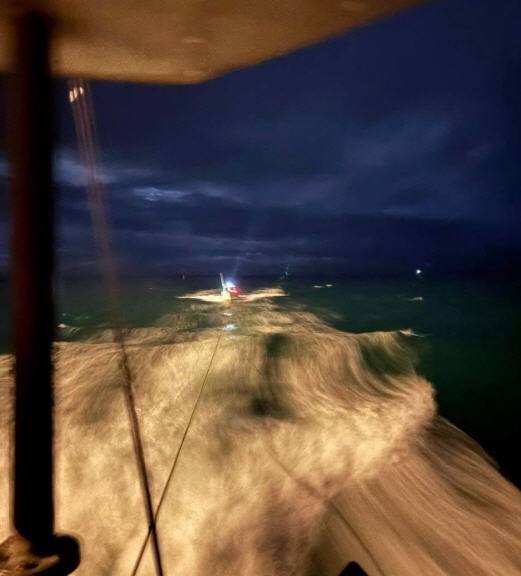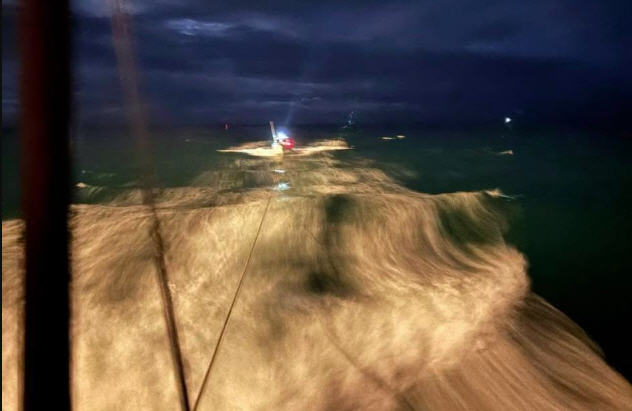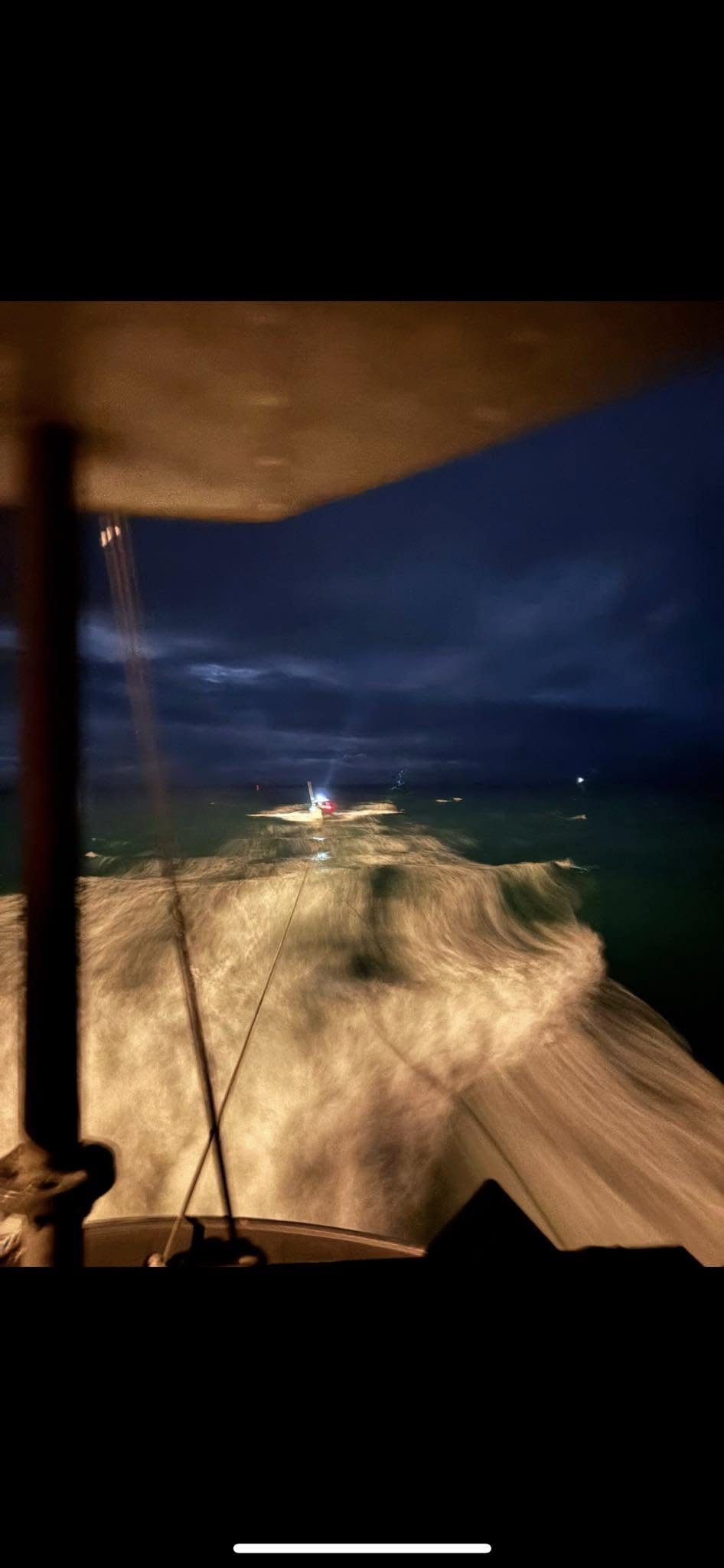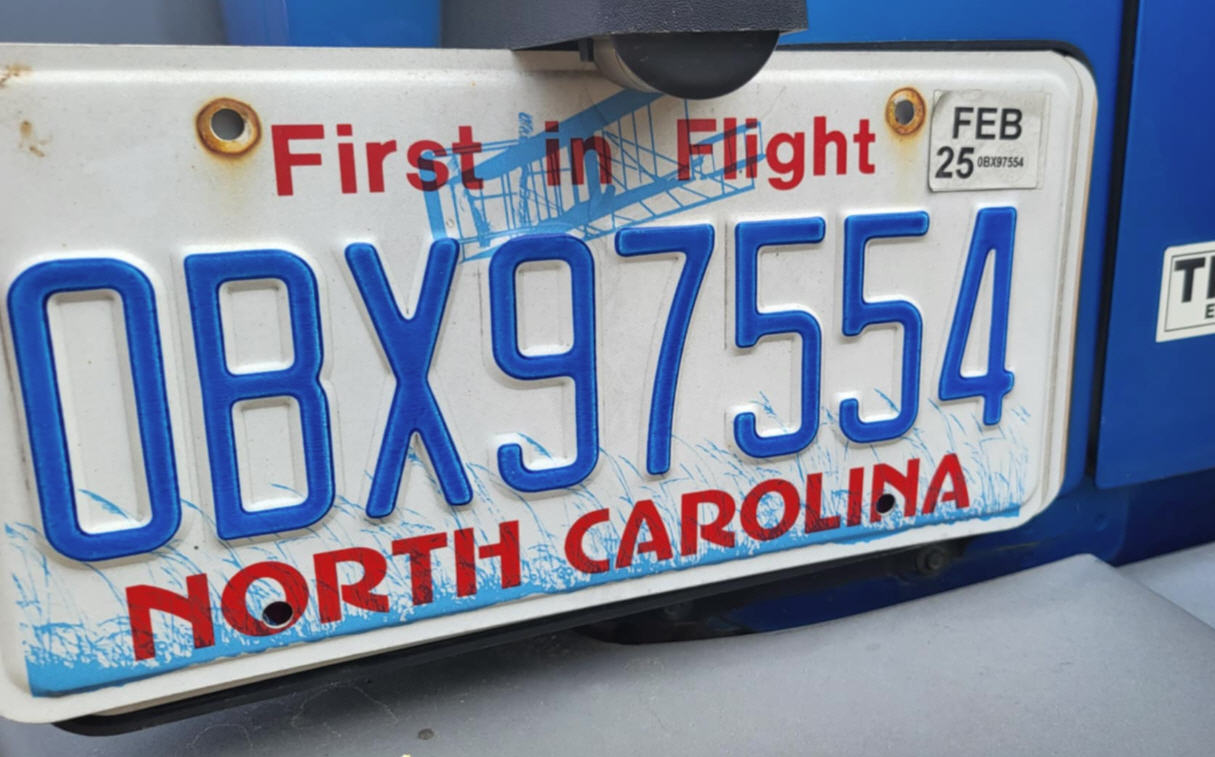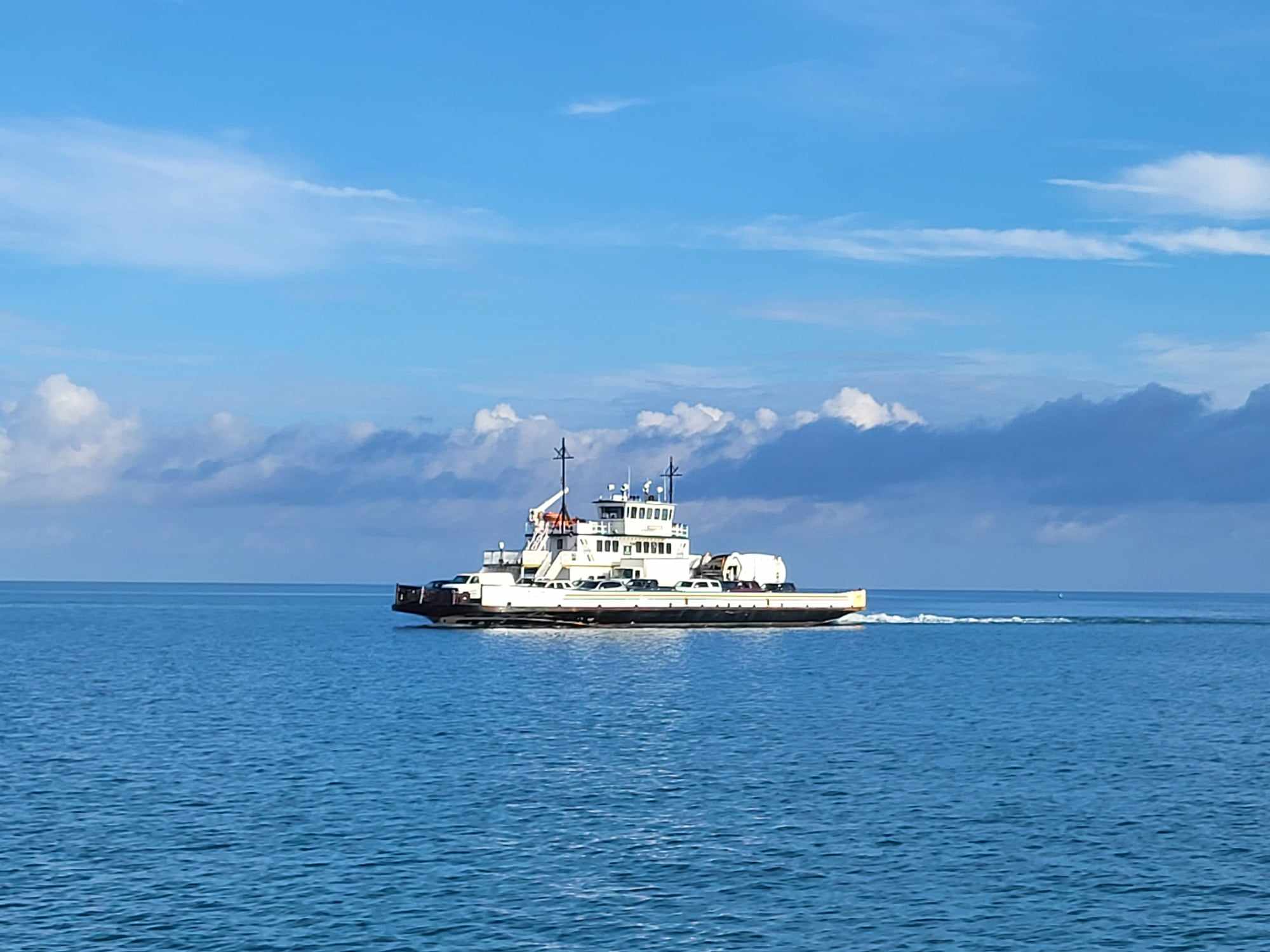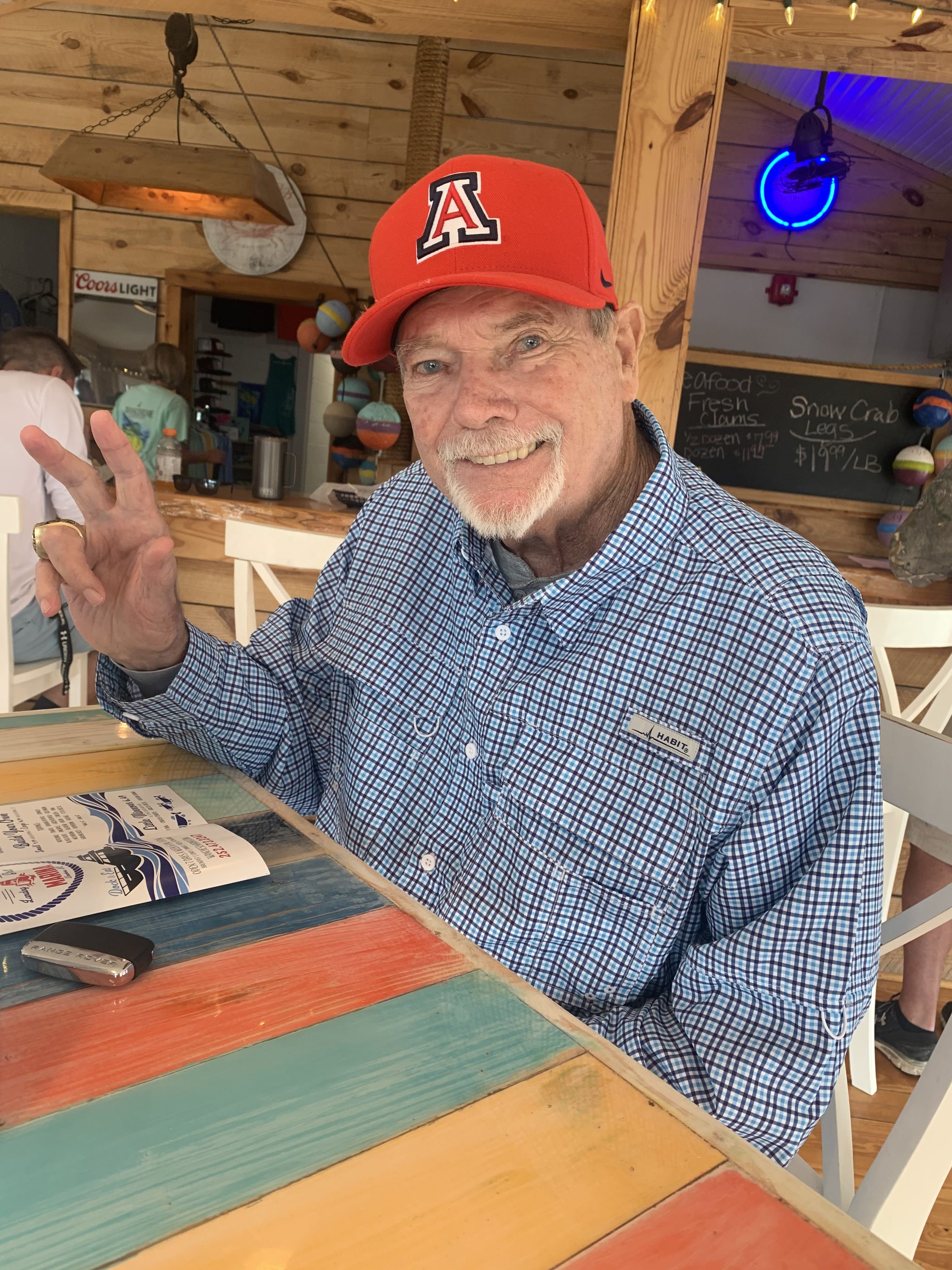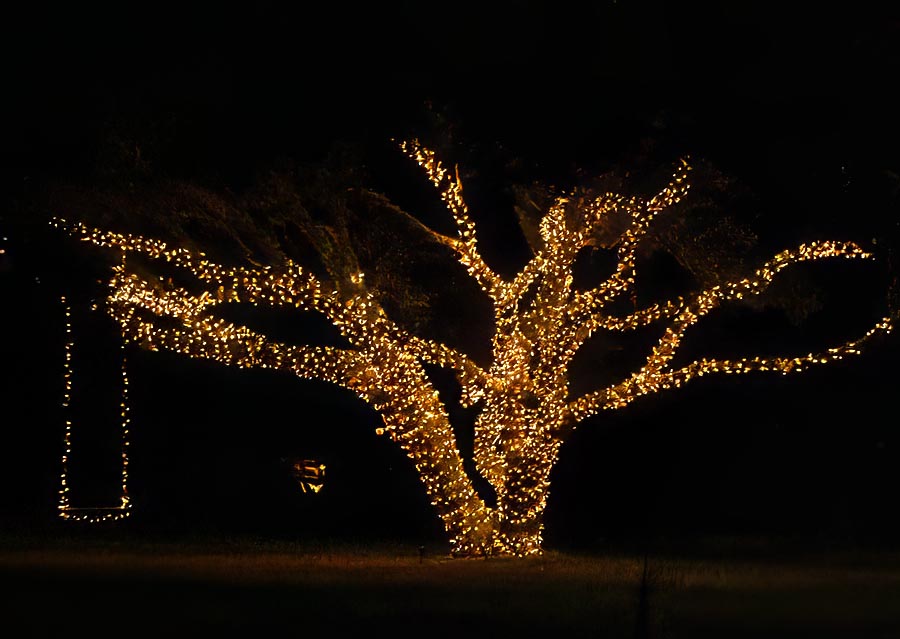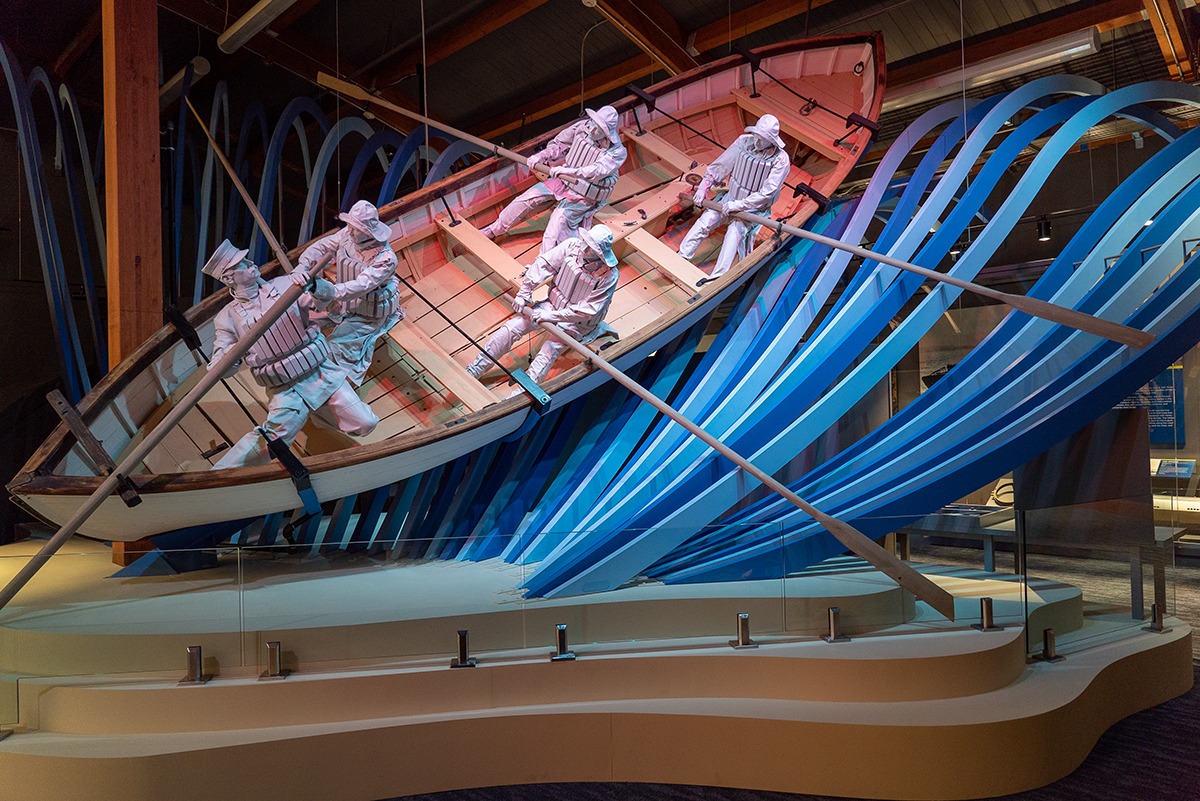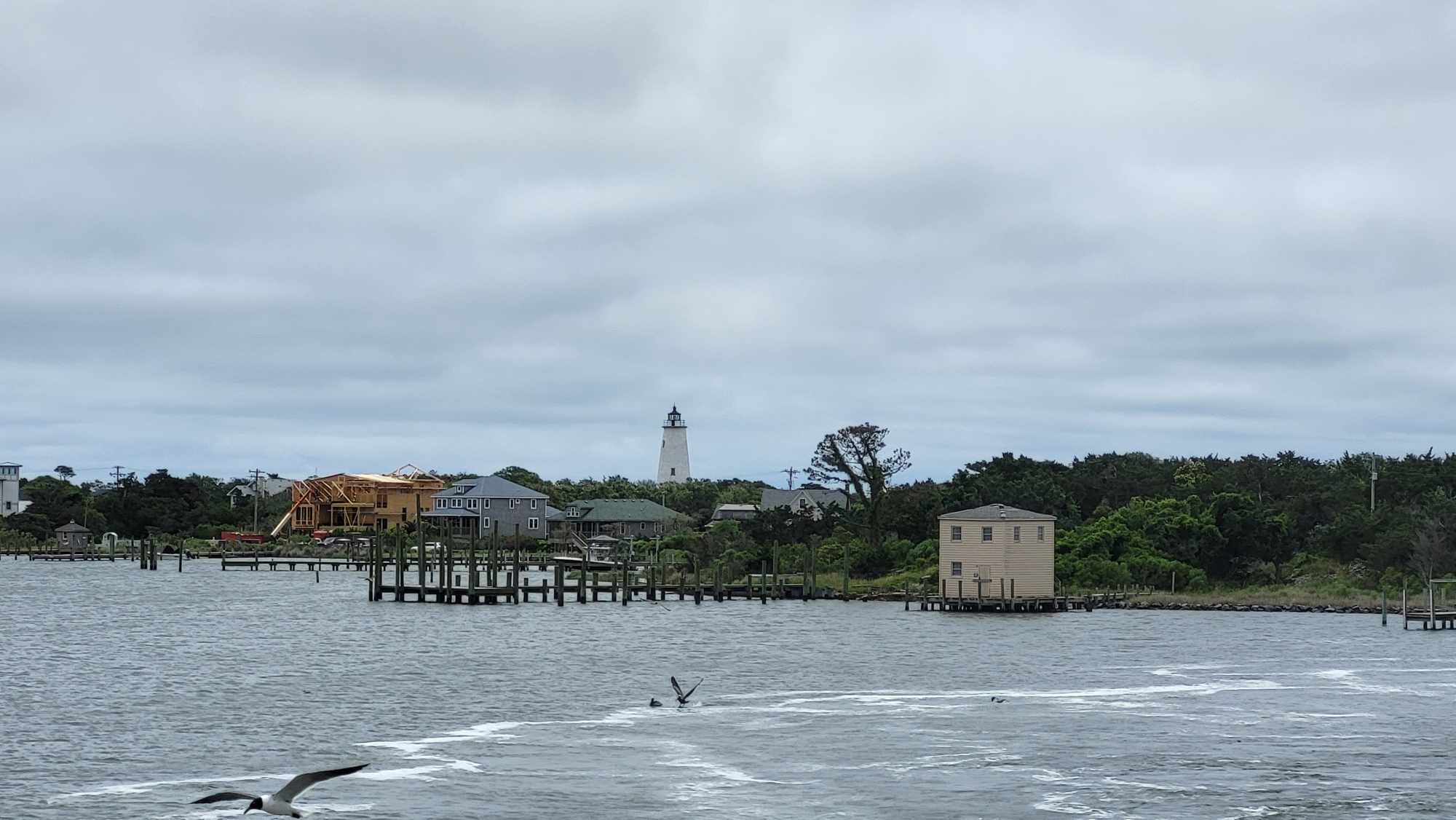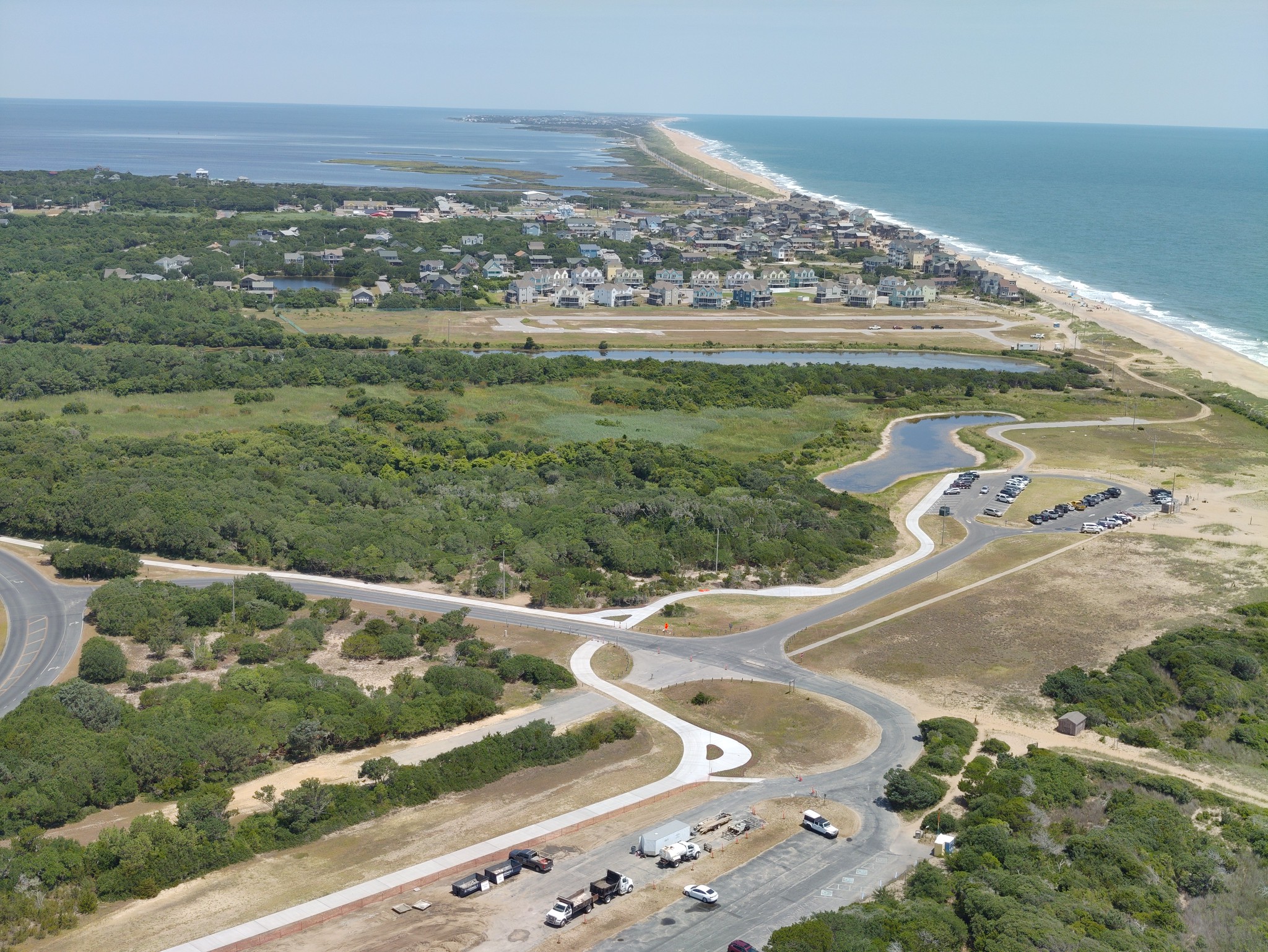Kinnakeet Home: A Place of Refuge
“One touch of nature makes the whole world kin.”
Kinnakeet Home blogs went online last fall, but this is the first time publishing with Island Free Press. Kinnakeet Home is all about life on Hatteras Island, its history and its people. Avon is my hometown.
Over the course of many years living and raising a family here, I have experienced island life at its best and at its worst. Storms are expected during hurricane season and nor’easters in the winter. These storms can radically alter everyday life as well as drastically change the land around us. Those of us who live or vacation here regularly understand the unique challenges of life on a barrier island. The drama found only at the edge of the sea plays out in our everyday lives.
Hatteras Island is different from the northern Outer Banks in that much of the island is part of Cape Hatteras National Seashore. This was our country’s first national seashore, established by Congress on January 12, 1953.
Hatteras Island, at 50 miles long, is one of the longest islands in the continental United States. The majority of the island is part of the national seashore, so is undeveloped. There are 7 villages with a year round population of around 4,001 (as of the 2000 census).
Cape Hatteras Seashore covers 24,470 acres, 4,655 of which make up Pea Island National Wildlife Refuge. This refuge was sectioned off by the government in 1937.
Historically, this region was popular for waterfowl hunting, recreational and commercial fishing, and farming operations. The area was well-stocked with ducks, geese and a great variety of fowl for hunting.
Pea Island National Wildlife Refuge begins at the northernmost end of the island and is about 13 miles long. A drive along Highway 12 will take you through the refuge. There are several types of ecosystems in the refuge: beach and dunes, fresh and brackish ponds, salt flats and salt marsh. These ecosystems are host to a variety of wildlife.
According to a fact sheet published by the U.S. Fish & Wildlife Service, the refuge shelters over 365 species of birds, 25 species of mammals, 24 species of reptiles, and 5 species of amphibians. Ducks, geese, swans, wading birds, and shore birds are some of the migratory birds that can be found seasonally at the refuge. The refuge has manageable waterfowl and water bird impoundments.
The name “Pea Island” came from a small plant with tiny pink flowers that grew into beans. These “dune peas” provided wintering snow geese a reliable food source.
Hatteras Island is along the “Atlantic Flyway”, the route that most East Coast migratory birds take on their way north or south for the season. Pea Island Refuge provides a valuable stop to rest before they continue north or south on their journey.
This area has small ponds or salt flats that border the edge of NC Highway 12. As you drive through, depending on the time of year, you may see great concentrations of Canadian geese, egrets, white swans, and ducks.
The greatest variety of bird species are found at Pea Island during spring and fall migrations. After strong cold fronts, land bird migratory birds can be seen along the dikes at Pea Island as well as at the northern tip near the Oregon Inlet Bridge.
The refuge’s visitors’ center is open daily from 9 a.m. to 4 p.m. There are two trails accessible by the visitors’ center, the North Pond Trail and the Salt Flats Trail. These trails have overlooks, towers, and spotting scopes.
If you park at the visitors’ center and walk over to the ocean, you can see the exposed boiler and smokestack of a shipwreck from the beach. The Steamer Oriental shipwrecked during a storm on May 16, 1862. The Oriental was 218’ long, 34’ wide and 21’ deep. It could carry up to 100 passengers and was rented by the US Army during the Civil War to carry Federal troops and supplies. It shipwrecked during this war while on its way to Port Royal, SC. All passengers and crew survived.
A refuge is defined as a shelter or protection from danger or trouble. We share the same need with the wildlife flocking to these shores: a need for refuge from the challenges of life. On Hatteras Island we can experience the ebb and flow of tides, the sound of crashing waves, and nights lit only by stars and moon. Life surrounded by sea and sound. A refuge for us all.
To Read More of Rhonda’s Blogs click here.


